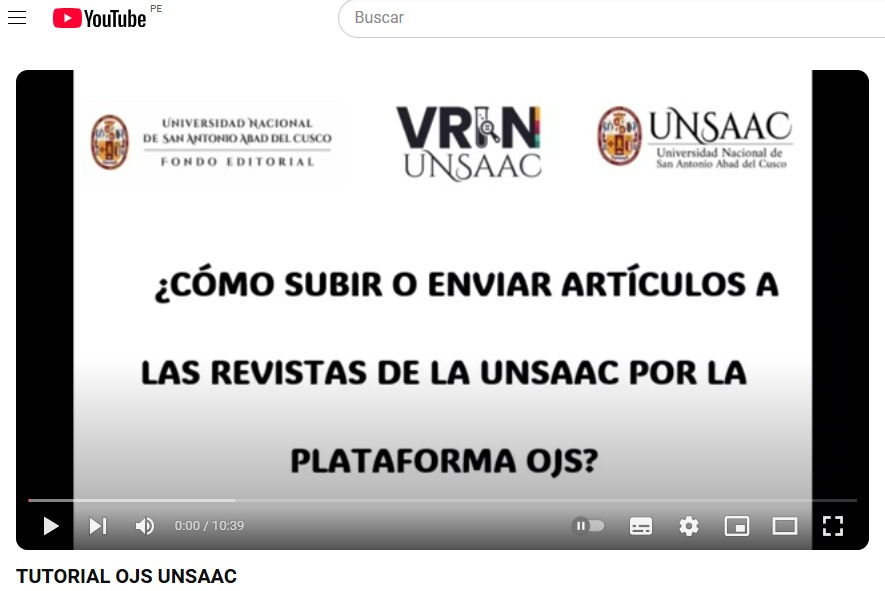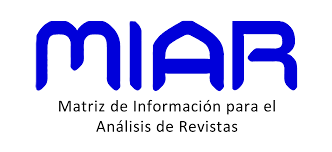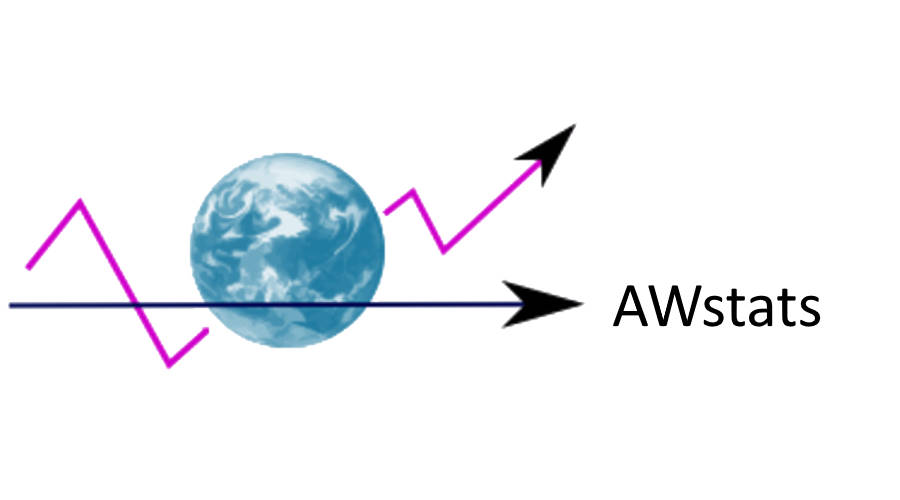Bioindicators of Wild Flora and Fauna as Ecosystem Services in a Forest Concession, Madre de Dios
Abstract
This study was carried out in the Loretillo forest concession (No. 17-TAM/C-OPB-A-026-07), located in the Las Piedras River conservation corridor in Tambopata, Madre de Dios. The main objective was to conduct an inventory of wildlife species, focusing on their use as bioindicators of the ecosystems within the concession. The study considered variables such as the species composition of flora, birds, and mammals, as well as the ecosystem services they provide (ESS). To this end, eight Permanent Sampling Plots (PSPs) and linear transects were established, distributed across two predominant ecosystem types: alluvial flooded forest (B-ai) and lowland hill forest (B-cb). The analyses included alpha and beta diversity indices, ecological importance values (IVI), and parameters related to threatened species. The B-ai ecosystem was found to have greater biological richness and diversity. The assessment was based on criteria such as species richness (S), dominance (D), IVI, distribution breadth, conservation objectives, and threat categories. 48 bioindicator species were identified: 20 plant species, 17 bird species, and 11 mammal species, for both ecosystem types. From these species, the main ecosystem services they provide were determined, highlighting the regulation service (including climate regulation, pollination, seed dispersal, and biological control). Likewise, the ecological functionality of bioindicators was characterized in relation to their role within the trophic structure. The identification of these bioindicators and their ecosystem services provides a fundamental basis for establishing strategies for conservation, monitoring, and sustainable forest management. Furthermore, it promotes alternatives such as ecosystem service compensation mechanisms, contributing to the maintenance of biodiversity in the region.
Downloads
References
Abarca-Arenas, L., Valero-Pacheco, E., Defín-Alonso, C., Morteo-Ortiz, E., & Franco-López, J. (2022). Redes tróficas como herramientas para el estudio de la diversidad y complejidad de ecosistemas. Revista Mexicana de Biodiversidad(93). DOI: https://doi.org/10.22201/ib.20078706e.2022.93.4126.
Alvarez-Montaván, C., Manrique-León, S., Vela-Da-Fonseca, M., Cardozo-Soarez, J., Callo-Ccorcca, J., Bravo-Camara, P., Álvarez-Orellana, J. (2021). Composición florística, estructura y diversidad arbórea de un bosque Amazónico del Perú. Scientia Agropecuaria, 1(12), 73-82. DOI:https://doi.org/10.17268/sci.agropecu.2021.009.
Bowler, M. T., Tobler, M. W., Endress, B. A., Gilmore, M. P., & Anderson, M. J. (2016). Estimating mammalian species richness and occupancy in tropical forest canopies with arboreal camera traps. Remote Sensing in Ecology and Conservation, 3(3), 146-157. DOI:https://zslpublications.onlinelibrary.wiley.com/doi/10.1002/rse2.35.
Brighsmith, D., Vigo, G., Susanibar, D., Bazley, L., & Villanueva, L. (2018). Ecología reproductiva y uso de collpas de guacamayos en Madre de Dios: Reporte de actividades 2016-2018. Puerto Maldonado: AIDER. Retrieved from https://aider.com.pe/publicacionesca/informe-ecologia-reproc-uso-collpa-proyecto-guacamayo.pdf.
CDB. (2022). Marco Mundial Kumming-Montreal de la diversidad biológica. Conferencia de las Partes. Retrieved from https://www.cbd.int/doc/c/2c37/244c/133052cdb1ff4d5556ffac94/cop-15-l-25-es.pdf.
Chávez, C., De La Torre, A., Bárcenas, H., Medellín, R., Zarza, H., & Ceballos, G. (2013). Manual de fototrampeo para estudio de fauna silvestre: El jaguar en México como estudio caso. México. Retrieved from https://biblioteca.semarnat.gob.mx/janium/Documentos/Ciga/Libros2013/CD002776.pdf.
Diaz.Martin, Z., Swamy, V., Terborgh, J., Alvarez-Loayza, P., & Cornejo, F. (2014). Identifying keystone plant resources in an Amazonian forest using a long-term fuit-fall record. Journal of Tropical Ecology, 291-301. Retrieved from https://www.academia.edu/27685441/Identifying_keystone_plant_resources_in_an_Amazonian_forest_using_a_long_term_fruit_fall_record
Epiquién, M., & Espinosa, T. (2019). La conectividad ecológica en el paisaje corredor biológico Manu-Tambopata (MAT), ente los años 2004-2013. Espacio y Desarrollo. DOI: https://revistas.pucp.edu.pe/index.php/espacioydesarrollo/article/view/21762.
FCDS (2022) & Proyecto Prevenir de USAID (2023). Análisis de conectividad ecológica entre áreas naturales protegidas en Madre de Dios. Lima. Retrieved from https://preveniramazonia.pe/wp-content/uploads/ESTUDIO_CONECTIVIDAD_PREVENIR_MADREDEDIOS_2023.pdf.
Fedriani, J. M., & Suárez-Esteban, A. (2015). Frutos, semillas y mamíferos frugívoros: Diversidad funcional de interacciones poco estudiadas. ECOSISTEMAS, Revista Científica de Ecología y Medio Ambiente, 1-4. DOI: https://www.revistaecosistemas.net/index.php/ecosistemas/article/view/1152/923.
Forero-Medina, G., Valenzuela, L., & Saavedra-Rodríguez, C. A. (2021). Las especies paisaje como estrategia de conservación de la biodiversidad: evaluación cuentitativa de su efectividad. Revista de la Academia Colombiana de Ciencias Exactas, Físicas y Naturales, 175(45). DOI: https://raccefyn.co/index.php/raccefyn/article/view/las-especies-paisaje-como-estrategia-de-conservacion-de-la-biodi.
Gonzáles, C., Vallarino, A., Pérez, J., & Low, A. (2014). Bioindicadores: Guardianes de nuestro futuro ambiental. Retrieved from https://agua.org.mx/wp-content/uploads/2017/11/Bioindicadores-Guardianes-de-nuestro-futuro-ambiental.pdf.
Gonzáles, T., González-Trujillo, J. D., Palmer, J. R., Pino, J., & Armenteras, D. (2017). Movement behavior of a tropical mammal: The case of Tapirus terrestris. Ecological Modelling (360), 223-229. DOI: https://www.sciencedirect.com/science/article/abs/pii/S0304380016308195?via%3Dihub.
GOREMAD. (2014). Estrategia Regional de la Diversidad Biológica de Madre de Dios y su Plan de Acción 2014-2021. Puerto Maldonado. Retrieved from https://www.gob.pe/institucion/regionmadrededios/informes-publicaciones/2028967-estrategia-regional-de-diversidad-biologica-de-madre-de-dios-al-2021
Hilty, J., Worboys, G. L., Keeley, A., Woodley, S., Lausche, B., Locke, H., . . . Tabor, G. M. (2021). Lineamientos para la conservación de la conectividad a través de redes y corredores ecológicos. Serie directrices para buenas prácticas en áreas protegidas. Retrieved from https://portals.iucn.org/library/sites/library/files/documents/PAG-030-Es.pdf.
IUCN. (2021). Reconociendo y reportando otras medidas efectivas de conservación basadas en áreas. Grupo de trabajo de la comisión mundial de áreas naturales protegidas (CMAP) sobre OMEC. DOI: https://portals.iucn.org/library/sites/library/files/documents/PATRS-003-Es.pdf.
MINAM. (2015a). Guía de inventario de la fauna silvestre. Lima: Ministerio del Ambiente. Retrieved from https://www.minam.gob.pe/patrimonio-natural/wp-content/uploads/sites/6/2013/10/GU%C3%83-A-DE-FAUNA-SILVESTRE.compressed.pdf.
MINAM. (2015a). Guía de inventario de la fauna silvestre. Lima: Ministerio del Ambiente. Retrieved from https://www.minam.gob.pe/patrimonio-natural/wp-content/uploads/sites/6/2013/10/GU%C3%83-A-DE-FAUNA-SILVESTRE.compressed.pdf.
MINAM. (2015b). Guía de inventario de la flora y vegetación. Lima. Retrieved from https://www.gob.pe/institucion/minam/informes-publicaciones/2683-guia-de-inventario-de-la-flora-y-vegetacion.
MINAM. (2019c). Memoria descriptiva del mapa nacional de ecosistemas del Perú. Lima. Retrieved from https://sinia.minam.gob.pe/sites/default/files/sinia/archivos/public/docs/memoria_mapa_ecosistemas.pdf.
MINAM. (2021a). Lineamiento para el diseño e implementación de Mecanismos de Retribución por Servicios Ecosistémicos. Lima. Obtenido de https://www.gob.pe/institucion/minam/informes-publicaciones/2143253-lineamientos-para-el-diseno-e-implementacion-de-mecanismos-de-retribucion-por-servicios-ecosistemicos.
Monteagudo, A., Vásquez, R., Rojas, R., Phillips, O., Baker, T., Dueñas, H., . . . Alfaro, L. (2020). Primer catálogo de los árboles de la Amazonía de Madre de Dios, Perú. Puerto Maldonado.
OSINFOR. (2018). Aprovechamiento forestal maderable en concesiones de castaña. Lima. Retrieved from https://cdn.www.gob.pe/uploads/document/file/1016223/APROVECHAMIENTO-FORESTAL-CASTA%C3%91A-VF20200716-31706-16p1wqt.pdf.
Pires, M., Benchimol, M., Cruz, L., & Péres, C. (2022). Terrestrial food web complexity in Amazonian forest decays with habitat loss. Current Biology, 2(33), 389-396. DOI: https://doi.org/10.1016/j.cub.2022.11.066.
Reid, W. V., Mooney, H. A., Cropper, A., Capistrano, D., Carpentes, S., Chopra, K., . . . Zurek, M. (2005). Ecosystem and humans well-being. Synthesis. A report of the Millenium Ecosystem Assessment (MEA). Washington DC: Island Press. Retrieved from https://www.millenniumassessment.org/documents/document.356.aspx.pdf.
SERFOR. (2015b). Ley Forestal y de Fauna Silvestre Nº29763. Retrieved from https://sinia.minam.gob.pe/sites/default/files/siar-sanmartin/archivos/public/docs/lffs-y-sus-reglamentos.pdf.
SERFOR. (2016a). Marco metodológico del inventario nacional forestal y de fauna silvestre - Perú. Lima. Retrieved from https://faolex.fao.org/docs/pdf/per161159anx.pdf.
SERFOR. (2020b). Manual para la identificación botánica de especies forestales de la Amazonía peruana. Lima. Retrieved from https://repositorio.serfor.gob.pe/handle/SERFOR/895.
SERNANP, & WCS. (2021). Monitoreo del componente físico del Sistema Nacional de Áreas Naturales Protegidas por el Estado (SINANPE). Lima. Retrieved from https://sis.sernanp.gob.pe/biblioteca/?publicacion=2511.
Shanley, E., Cymerys, M., Serra, M., & Medina, G. (2012). Frutales y plantas útiles en la visa Amazónica. Acre, Brasil. Acre. Retrieved from https://www.fao.org/4/i2360s/i2360s.pdf.
Tobler, M. W., Hartley, A. Z., Carrillo-Percastegui, S. E., & Powell, G. V. (2015). Spatiotemporal hierarchical modelling of species richness and occupancy using camera trap data. Journal of Applied Ecology, 413-421. DOI: https://doi.org/10.1111/1365-2664.12399
Wang, Q., Li, X., & Zhou, X. (2023). New shortcut for conservation: The combination management strategy of "keystone species" plus "umbrella species" based on food web structure. Biological Conservation. DOI: https://doi.org/10.1016/j.biocon.2023.110265.
WCS. (2020). Documento de conceptualización del monitoreo en las áreas naturales protegidas. Retrieved from https://library.wcs.org/en-us/doi/ctl/view/mid/33065/pubid/DMX3861200000.aspx
Copyright (c) 2025 QEUÑA

This work is licensed under a Creative Commons Attribution-NonCommercial 4.0 International License.
-
Eres libre de:
- Compartir : copiar y redistribuir el material en cualquier medio o formato.
- Adaptar : remezclar, transformar y desarrollar el material








.jpg)
.jpg)
.jpg)
